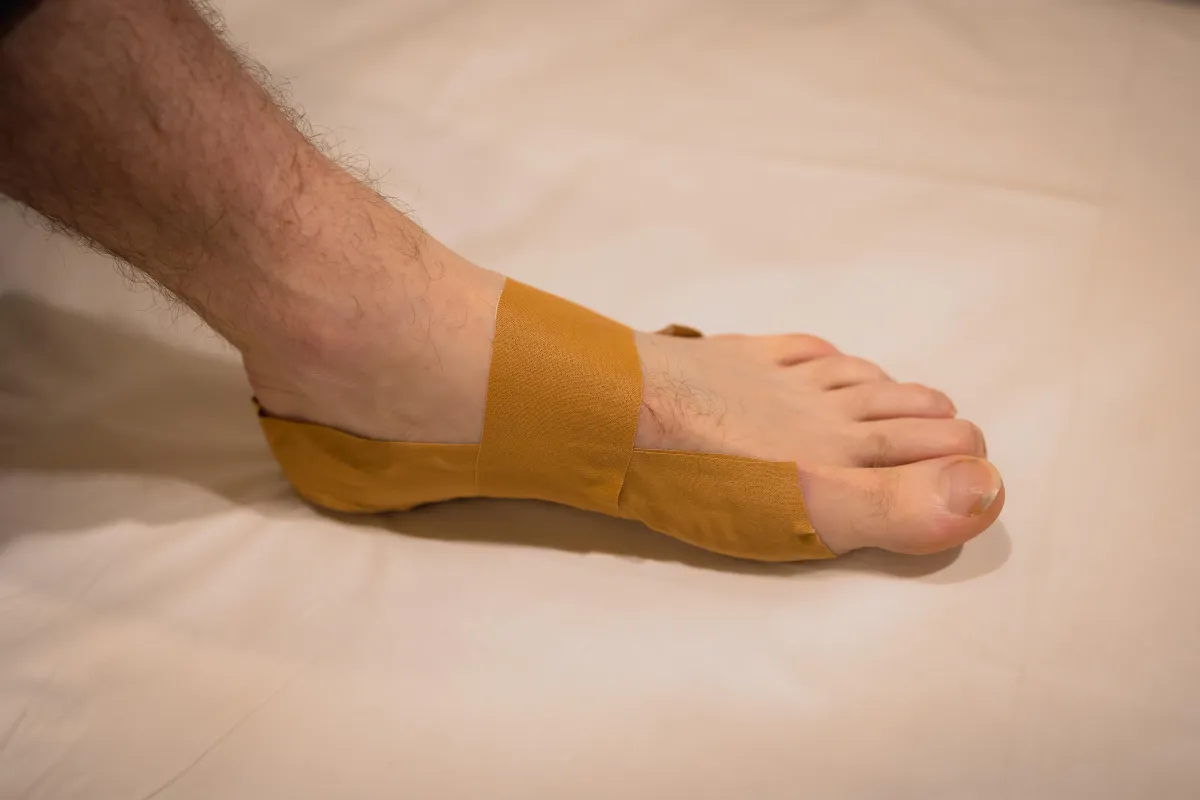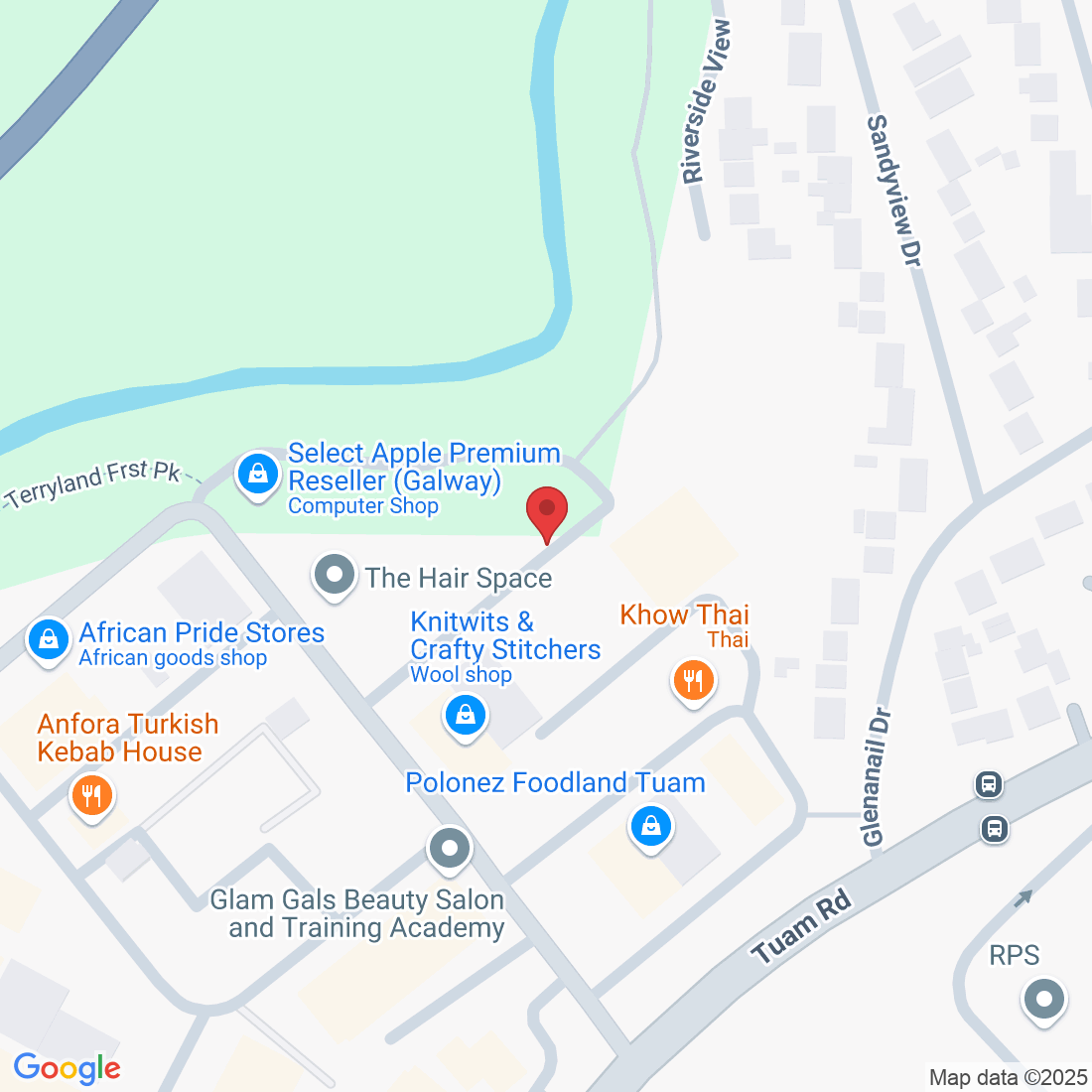
Low dye strapping for plantar fasciitis
Low dye strapping for plantar fasciitis
Plantar fasciitis is a surprisingly common foot condition, affecting people of all ages and walks of life. In fact, it's estimated that around 10% of the population will experience plantar fasciitis at some point in their lives.
Plantar fasciitis doesn't discriminate, but certain factors can increase the likelihood of developing this foot problem.
Firstly, being female places one at a higher risk, possibly due to differences in foot structure or hormonal influences.
Females in general have thinner ligaments, tendons, fascias and muscles. Think of the plantar fascia as a beam. The thicker beams can withstand more stress before breaking. Therefore high tension on thinner beams (plantar fascia) is more likely to cause injury.
Secondly, age plays a role, with individuals over fifty facing a greater susceptibility, as years of wear and tear on the feet can weaken the plantar fascia. The increased use of your feet overtime can cause the natural fat pad under the heel to thin. Leaving less natural cushioning.
Lastly, carrying excess weight puts added strain on the feet, making overweight individuals more prone to developing plantar fasciitis.
While these risk factors may heighten the chances of experiencing heel pain, understanding them empowers individuals to take proactive steps in preventing and managing plantar fasciitis effectively.
Today, let's explore how low dye strapping your foot at home could give you instant relief.
What is one of the main culprits behind this discomfort? Tension forces.
Just like a rubber band stretched beyond its limit, the plantar fascia can become strained, causing micro-tears and inflammation. Every step becomes a tug-of-war between the foot's natural motion and the tautness of the fascia.
Low dye strapping is a simple yet effective technique aimed at providing support and relief. By applying adhesive tape in a specific pattern around the foot and ankle, low dye strapping reduces the tension on the plantar fascia, allowing it to heal while still enabling movement.
See the link below on how to do this yourself at home.
Tape your own Plantar Fascia - Low Dye Taping Technique (youtube.com)
Low dye strapping isn't the sole solution. Combining it with other treatments can enhance its effectiveness.
From stretching exercises to orthotic inserts, a multi-faceted approach ensures comprehensive care for your aching feet.
Lifestyle adjustments such as wearing supportive footwear and avoiding activities that exacerbate the pain can further aid in recovery.
Ultimately, managing plantar fasciitis requires patience and perseverance. It can take 12 weeks or more to heal if you have chronic plantar fasciitis (present over 6 weeks).
While low dye strapping offers immediate relief, long-term recovery hinges on consistent self-care practices and seeking professional guidance when needed.
If you are dealing with plantar fasciitis you can call us now on 091 734 140 and a member of our team will be happy to help you.
Or
Book online using this link
Ask Robert And His Team
Fill in the form to request a Call From Our Team
Fill in the form to request a Call From Our Team
One of our team will call you for FREE and answer any questions or concerns you may have about your Foot Pain.
One of our team will call you for FREE and answer any questions or concerns you may have about your Foot Pain.
© Copyright 2022. Peak Podiatry All rights reserved.






